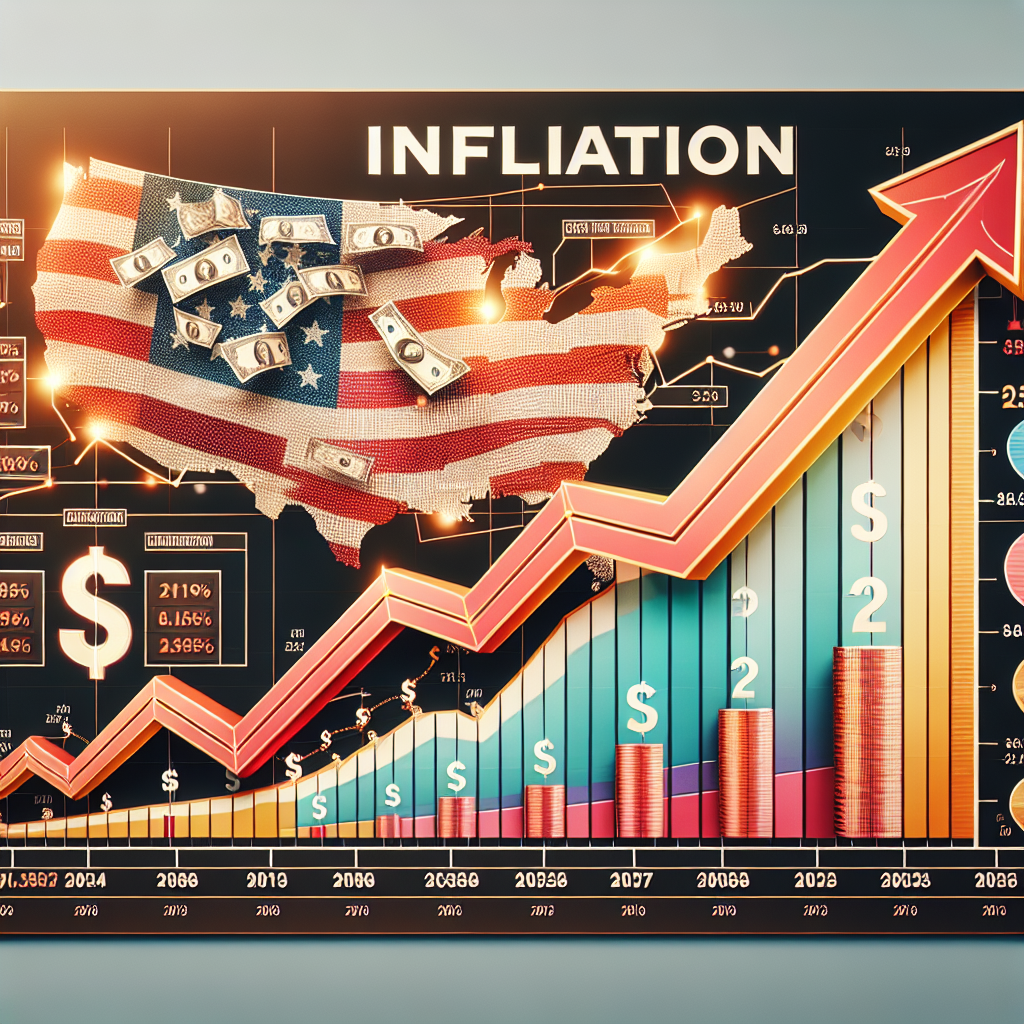Understanding Inflation in the US: Insights for 2025
Introduction to Inflation Trends
Inflation has emerged as a pivotal economic issue that impacts everything from consumer purchasing decisions to monetary policy. As we step into 2025, the question of how inflation will evolve remains critical for businesses, investors, and average consumers. Recent trends suggest a potential stabilization of inflation rates following the peaks experienced in previous years, but uncertainty lingers as global factors continue to influence economic stability.
The Federal Reserve’s dual mandate—to promote maximum employment and stable prices—has been tested in recent years. As inflationary pressures begin to ease, it’s crucial for stakeholders to understand the factors driving these changes. Analysts predict fluctuations influenced by supply chain adjustments, labor market conditions, and consumer demand dynamics. Explore more about inflation trends here.
Key Factors Affecting Inflation in 2025
Several critical factors will shape the inflation landscape in 2025:
-
Supply Chain Resilience: Recovery and improvement in supply chains are expected to alleviate bottlenecks that have historically driven prices up. Companies that pivoted to local sourcing may find they can balance costs more effectively, potentially leading to lower prices for consumers in certain sectors.
-
Labor Market Dynamics: As the workforce continues to adapt to technological advancements and shifts in job demand, wages will play a significant role in inflation. For instance, a rise in wages could lead to increased consumer spending, thus impacting price levels. However, if unemployment remains low and job vacancies high without a corresponding increase in productivity, inflation may still be a concern.
Understanding these factors enables businesses and consumers alike to prepare for potential changes in the economic landscape, allowing for informed decision-making that mitigates risk.
Actionable Insights for Businesses and Investors
For businesses navigating the economic environment of 2025, here are some actionable steps:
-
Monitor Supply Chain Trends: Keep a pulse on both local and global supply chain developments to anticipate cost adjustments. Engage with suppliers to build resilient partnerships that can weather market fluctuations.
-
Review Pricing Strategies: Regularly reassess pricing to ensure alignment with market conditions. Consider value-based pricing approaches that reflect the perceived value of your products or services rather than simply cost-plus models.
For investors, approaching the year with a sharp focus on sectors that show promise amid inflationary pressures might be advantageous. Sectors such as technology and sustainable energy are poised for growth, offering potential investment opportunities.
Conclusion and Recommendations
While inflation in 2025 may present various challenges, there are significant opportunities for those who remain informed and adaptable. Keeping abreast of economic indicators and market trends can provide a competitive edge.
It’s essential to engage with trusted financial news outlets and expert analyses to refine your strategies. Consider subscribing to our newsletter for the latest insights directly from industry experts, which will help you navigate the complexities of the financial landscape efficiently.
Stay equipped with knowledge and insights; proactive engagement today will lead to smarter decisions tomorrow. Sign up for our newsletter to ensure you do not miss critical updates regarding inflation and other economic matters.
